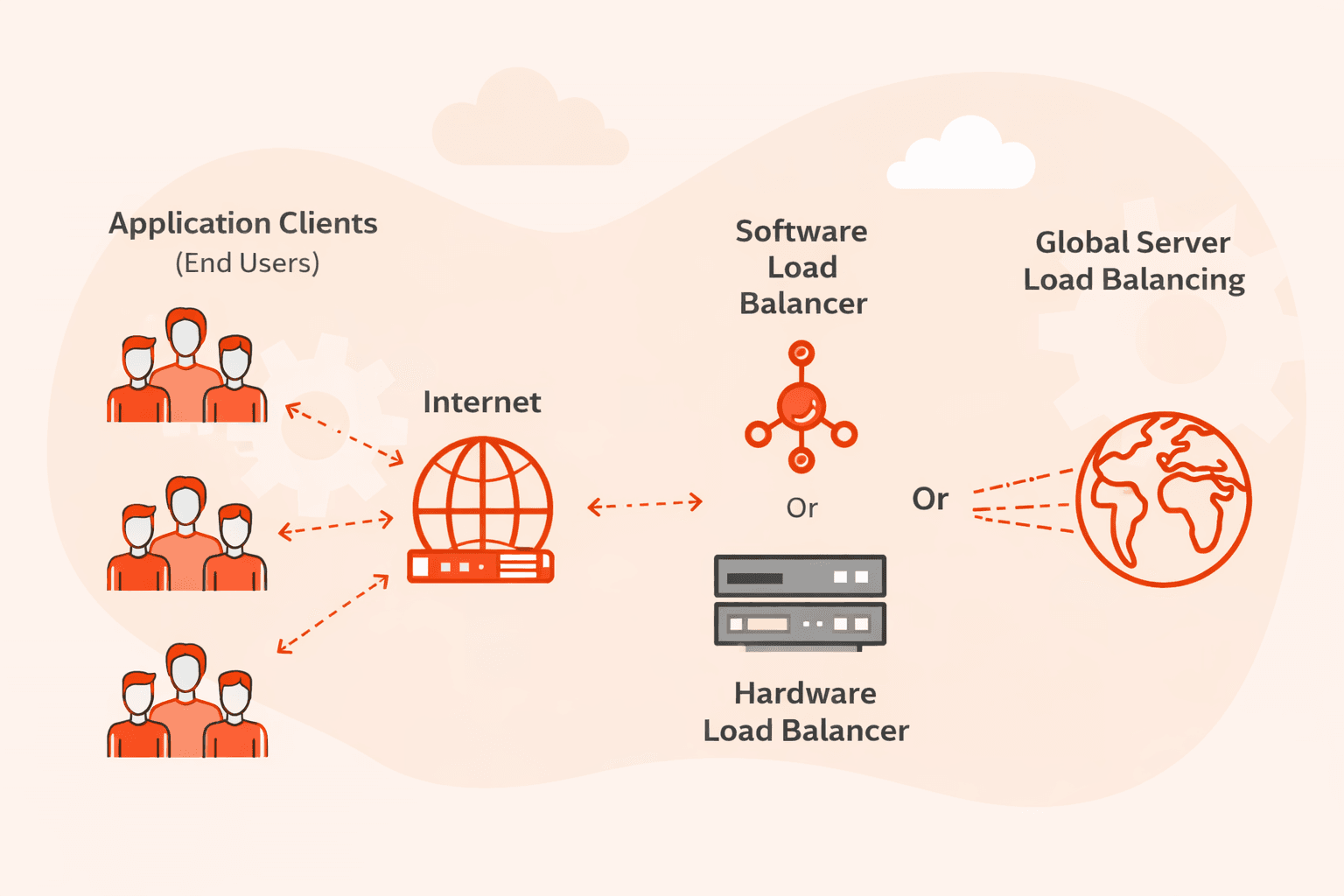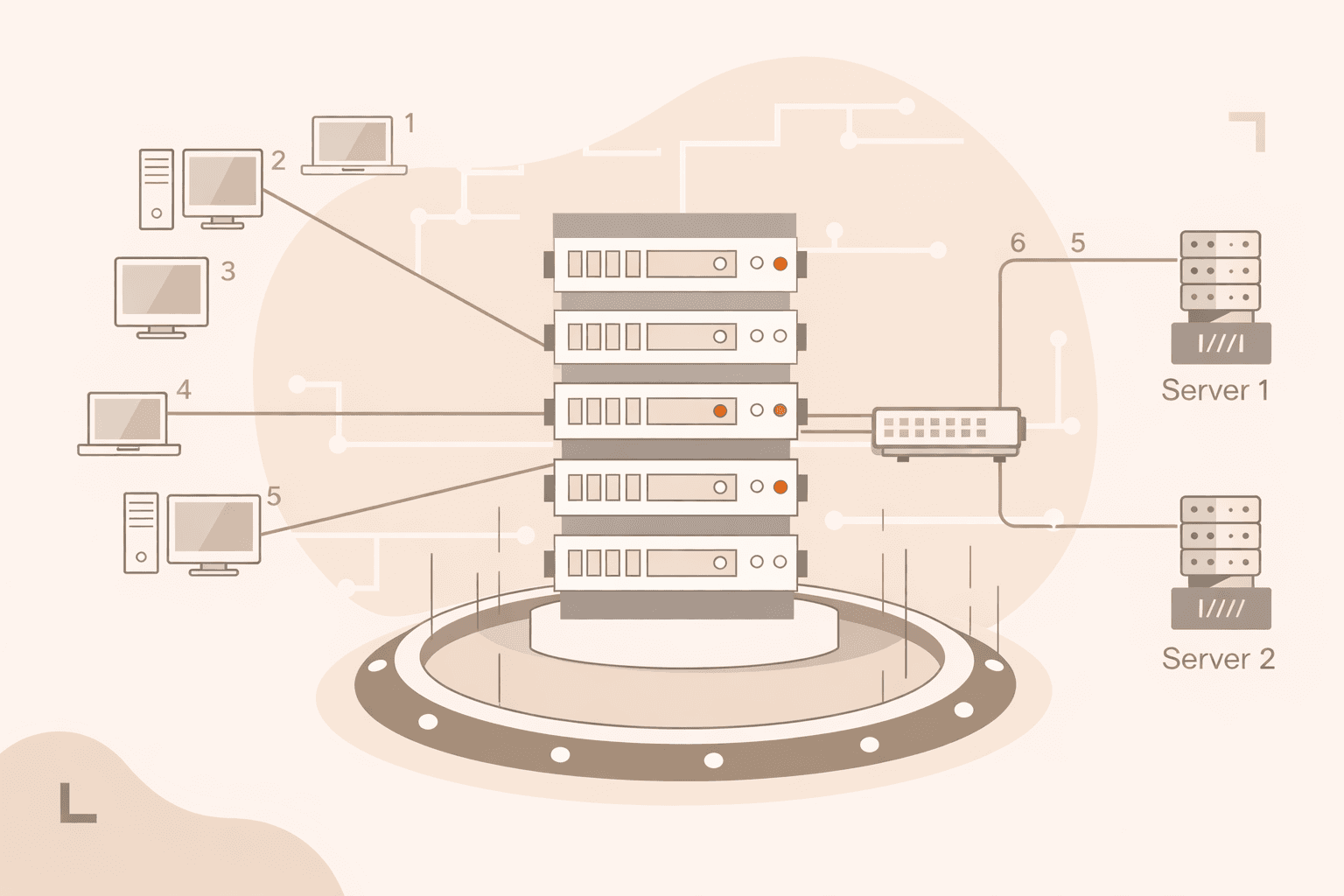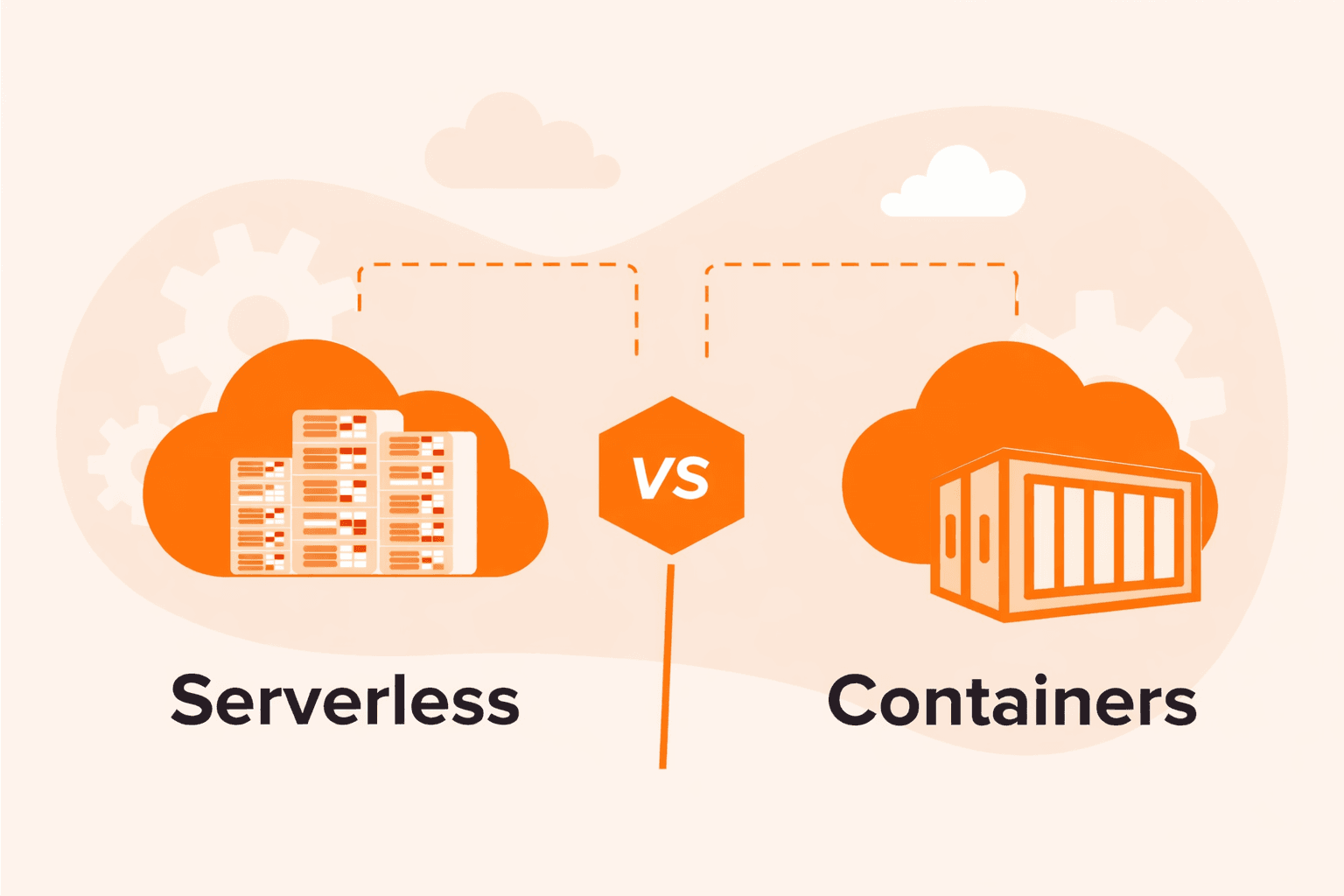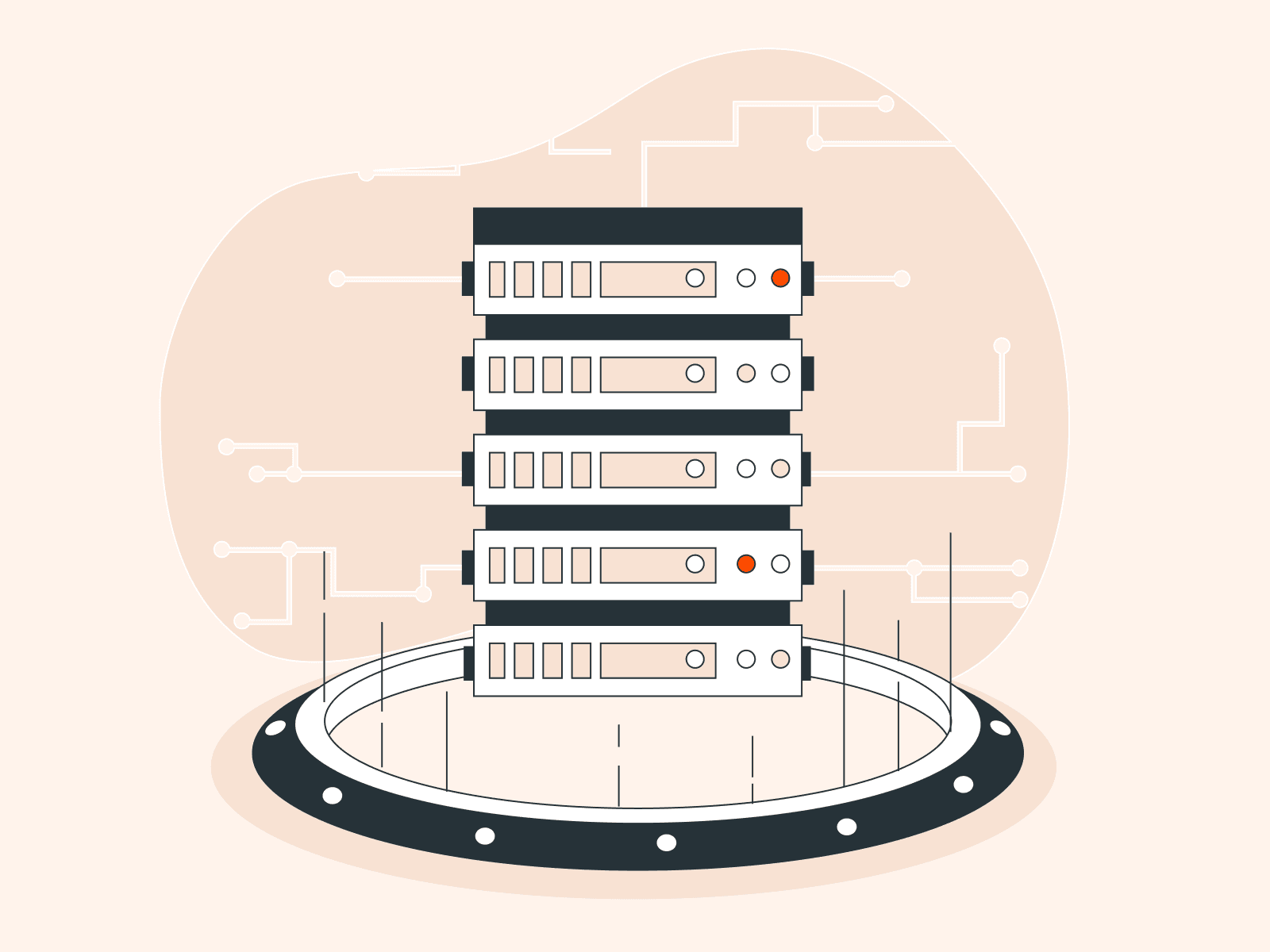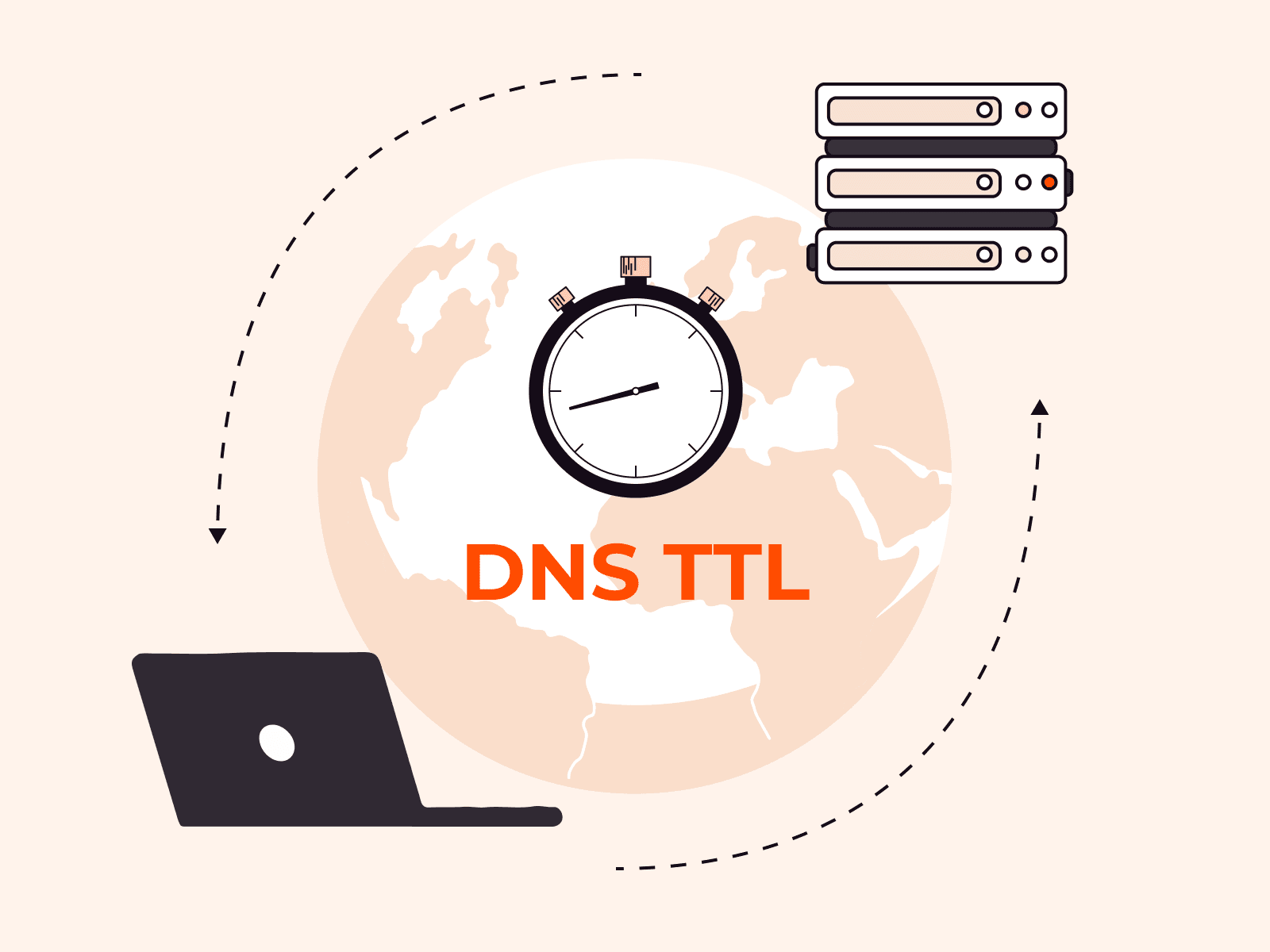Gentoo Linux, renowned for its flexibility and hands-on approach to package management, provides users with robust tools to oversee software installations. Whether you’re decluttering your system, troubleshooting, or just curious about your current setup, understanding how to list all installed packages is crucial. Dive in to learn the methods and commands that make this task a breeze on Gentoo.
What is Gentoo Linux?
Gentoo Linux is a free, open-source Linux distribution built around the philosophy of flexibility and user choice. Here are some key features and aspects of Gentoo:
- Portage System. At the heart of Gentoo is its unique package management system called Portage. Inspired by the BSD-style ports system, Portage allows users to compile and install software packages directly from source code, optimizing them with specific compiler flags for the user’s hardware and preferences.
- Customization. One of Gentoo’s defining features is its adaptability. Users can fine-tune their system’s performance and functionality by only compiling and installing the software and features they need.
- USE Flags. These are settings that define global and per-package options. They determine which features a software package should have enabled or disabled when it’s compiled.
- Rolling Release. Unlike some distributions that release whole new versions periodically, Gentoo is a rolling release distro. This means that once it’s installed, you can continuously update the system without needing to reinstall or go through a major upgrade process.
- Performance Optimizations. By compiling software directly from source code and using custom compiler flags, users can optimize software for their specific hardware, potentially making their systems faster and more responsive.
Viewing All Installed Packages on Gentoo
To list installed packages on Gentoo, there are several methods, each serving its unique purpose. Here’s a step-by-step guide detailing three specific methods: using the world file, employing the eix tool, and utilizing epm:
#1 Using ‘World’ file
The /var/lib/portage/world file keeps track of packages that the user explicitly installed (as opposed to dependencies that were pulled in automatically).
cat /var/lib/portage/world#2 Using EIX
eix is a utility for searching ebuilds, and it’s much faster than emerge –search. First, ensure eix is installed and its database is updated. Install and update eix (if you haven’t already):
sudo emerge eixsudo eix-updateStep to list installed packages:
epm list#4 Using QLIST from Portage-Utils
‘qlist’ is a utility that shows files owned by packages. When used with the -I flag, it will list only the package names without their files.
- Ensure you have portage-utils installed.
sudo emerge portage-utils- List installed packages.
qlist -IEach of these methods serves its purpose depending on what you’re looking to achieve, be it a comprehensive list, a quick glance, or a detailed view. Familiarizing yourself with these tools can greatly enhance your package management experience on Gentoo.
Conclusion
Looking to deploy Linux in the cloud? With Gcore Cloud, you can choose from Basic VM, Virtual Instances, or VPS/VDS suitable for Linux:
- Gcore Basic VM offers shared virtual machines from €3.2 per month
- Virtual Instances are virtual machines with a variety of configurations and an application marketplace
- Virtual Dedicated Servers provide outstanding speed of 200+ Mbps in 20+ global locations
Related articles
Subscribe to our newsletter
Get the latest industry trends, exclusive insights, and Gcore updates delivered straight to your inbox.

